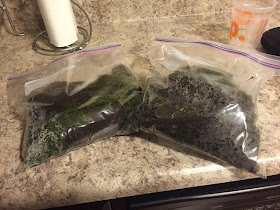I'm pretty handy with Google, but it still takes me a looooong time to search around until I've found pictures of plants that match the plants I'm trying to identify. For example, without too much prior knowledge of conifer varieties, I was able to more or less pin down the different
types of trees I saw around my hotel.
Granted, I'm a bit anal when it comes to getting it right. I don't want to perpetuate mis-identifications, and I want to be as precise as possible. Sometimes, when I get plants that are labeled "various succulents" this is harder to do because it's up to me to search out the true identity.
So here is the challenge, this pot of 4 different types of succulent plants. Let's begin!
 |
| Four 'various succulent' plants sold in a pot with no plant tags |
I found a great
gallery of succulent plants to browse through, looking for
general characteristics such as the leaf shape. This actually helped a lot, and I was able to narrow down two of the plants: A and D with just this gallery.
A - looks most similar to
Aeonium, but I wasn't sure what kind. The leaves are rather long and slim compared to others that are very fat and juicy. My best guess at this point is some variety of
Aeonium haworthii.
Update: After I
found a labeled individual plant that looks exactly like mine at Lowe's, I discovered it was actually
Echeveria pulidonis.
D - was a little more straight forward, the
succulent plant gallery had one that looked pretty dead on - it's
Haworthia limifolia. When I found it on
Dave's Garden called "fairy washboard" I knew this was it from the description and the other photos. It's hard green ridges would make a perfect washboard for a fairy!
C - was easier because I sort of cheated - I saw a similar plant at Lowe's that was obviously the same species but a pink variety. I took a photo of the plant tag to remind myself what it was later, and when I looked it up online I knew it was some variety of
Cryptanthus bivittatus.
B - took the longest to identify because it could be one of about 3 different things. It didn't look like any of the plants in the
succulent gallery. I was just Googling around for common succulent houseplants and saw one that
looked similar but it had red tips and mine clearly does not. It's some kind of Paddle Plant, and goes by many other names. Finally when I
read an article that distinguished between the ones with red tips and the one that has "chalky green leaves" I was convinced that this was the one:
Kalanchoe thyrsiflora.
But wait! What's this? There's a tiny green sprout coming up in the very center of my succulent patch! What could it be? A mystery succulent baby!
 |
| But wait, what's this in the soil? |
 |
| Mystery baby succulent coming up in the middle |
My guess is that this will turn out to be a Haworthia limifolia 'fairy washboard' growing off of the roots of the other plant. The Haworthia limifolia has the largest root system of any of these succulents, which I discovered when I re-potted them. That is my best guess but time will surely tell!
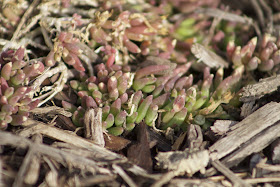
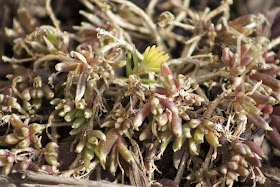
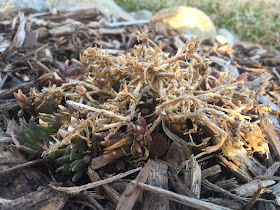
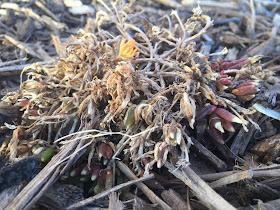
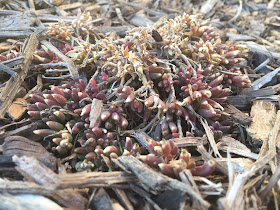








.JPG)


































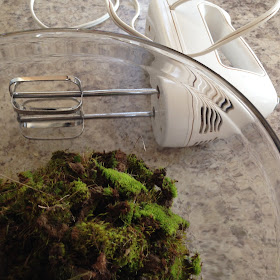



.JPG)


